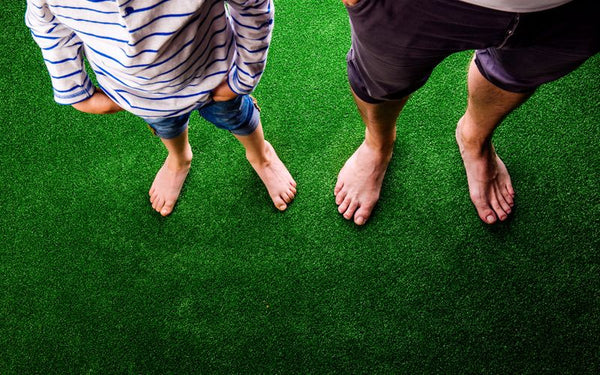Artificial turf preparation happens when you’ve finally decided to switch from natural grass to artificial grass. The first turf company probably saw how hard it was to maintain natural grass, hence the invention of artificial grass. With synthetic turf, you can enjoy a luscious garden without having to exert too much time, effort, and money in taking care of it.
Artificial turf has moved from football fields into our homes. There have been different types of artificial turf made available in today’s market. If you have decided to switch to artificial grass or are planning to switch to artificial grass, here are some of the things you should know about artificial turf preparation:
1. Area Where Artificial Turf Will Be Installed
Artificial turf preparation can be costly. It is important to consider the area where you will be installing your artificial grass. The foot traffic is important as this will determine the kind of artificial turf you should purchase. The external factors that can damage your turf are also important.
The area where you will install your artificial turf should be free from any kind of vegetation or weeds. Take at least two weeks to kill off the weeds before starting on your project.
2. Drainage Planning
Part of the artificial turf preparation is removing the top level of the soil and planning your drainage. Dig up your lawn and break up the soil. Let it soak up the rain, and let it dry for a few days. It is important to consider that the home installation of artificial grass is permeable to water.
If the area does not experience any kind of rainfall, a drainage system should be installed. If it does experience at least light rainfall, it is better to leave small drainage gaps every 15 cm surrounding the perimeter.
You can then proceed to install the border, the base, and your lawn. Don’t forget to fasten the artificial turf perimeter. People normally neglect this step when figuring out how to lay grass. Be careful not to hammer the galvanized stakes too much as it will cause dips in your lawn.
3. Artificial Turf Maintenance
Now that you have figured out how to install artificial turf, it is only right that you should know how to maintain it. The external factors such as weather conditions, debris from trees, garden furniture, and window reflections that can damage your turf are important.
Artificial turf is prone to melting and damages, especially if it is exposed to window reflections. Windows that are not installed with window films tend to pose a greater threat to your lawn.
In order to maintain the welfare of your artificial turf, you should consider Turf Guard Window Film as a form of preventive action against external damages. Artificial turf preparation is a convenient and affordable way for homeowners to enjoy a luscious garden without exerting too much effort in maintaining it. However, neglecting certain external factors not only damages your turf but also your bank account.










